Dia de los Muertos
Mia Harrington
ia de los Muertos, or Day of the Dead, is a traditional Mexican holiday that honors and celebrates deceased loved ones. It is a vibrant and meaningful cultural event that combines indigenous practices with Catholicism and has deep historical and spiritual significance. Here’s an overview of the history and customs of Dia de los Muertos:
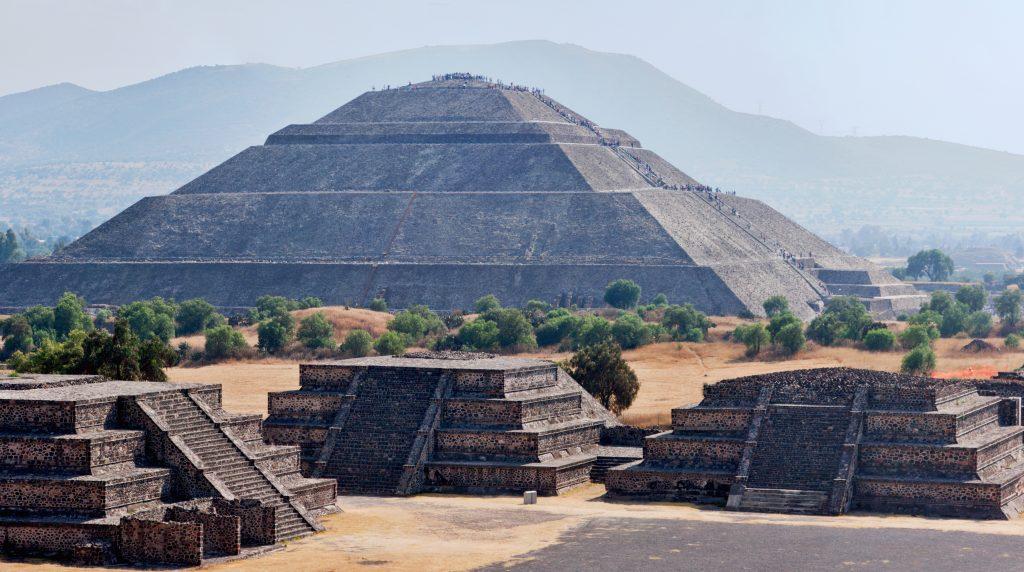
Historical Origins:
- Dia de los Muertos has indigenous roots that date back thousands of years to pre-Columbian civilizations in Mexico, such as the Aztecs, Maya, and Purepecha.
- These cultures believed that death was a natural part of the human cycle and that the deceased continued to exist in the spiritual world.
- Rituals and celebrations related to death and the afterlife were integral to their belief systems.
Influence of Catholicism:
- When Spanish conquistadors arrived in the Americas in the 16th century, they encountered indigenous practices related to death and the afterlife.
- In an effort to convert indigenous populations to Christianity, the Spanish missionaries incorporated these practices into the Catholic observance of All Saints’ Day (November 1st) and All Souls’ Day (November 2nd).
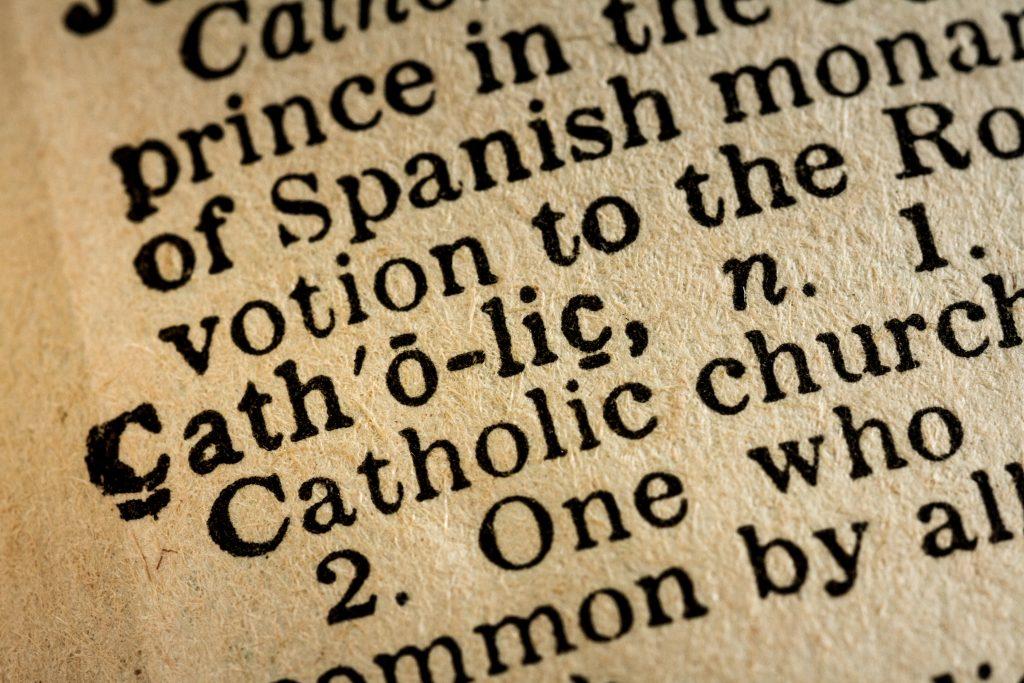
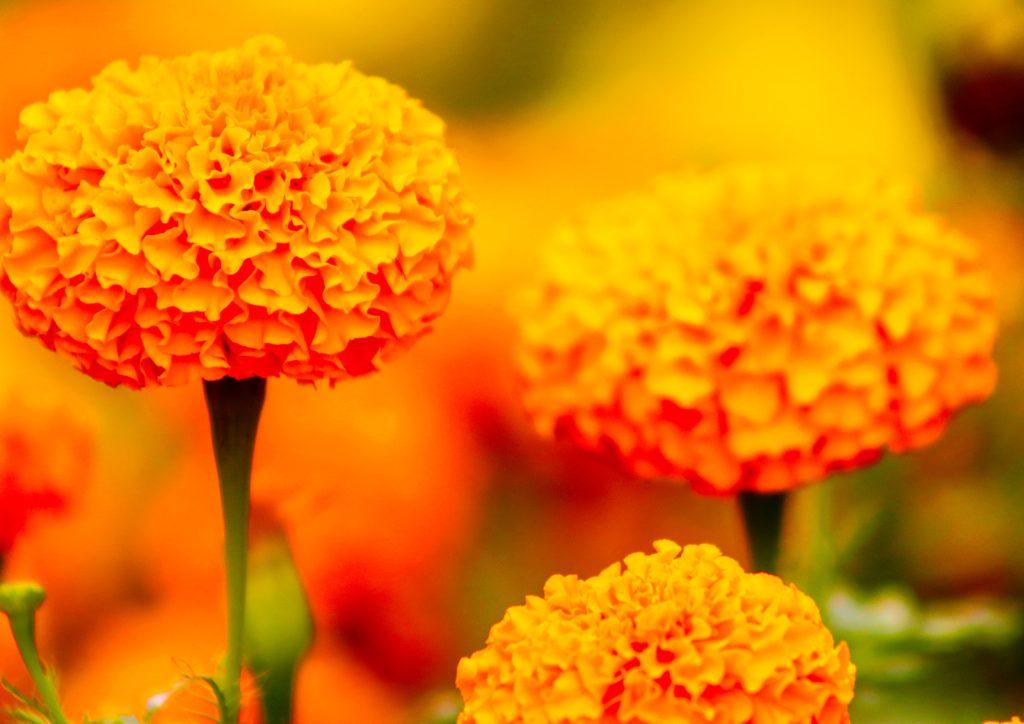
Customs and Traditions:
- Altars (Ofrendas): Families create altars adorned with offerings, photos, candles, flowers, food, and mementos to honor and remember deceased loved ones. These altars are set up in homes, cemeteries, and public spaces.
- Marigolds (Cempasúchil): Marigold flowers are the traditional flowers of Dia de los Muertos. They are believed to guide the spirits of the dead back to the world of the living.
- Sugar Skulls (Calaveras de Azúcar): These intricately decorated sugar skulls are symbolic representations of deceased individuals. They often include the person’s name and are placed on altars.
- Pan de Muerto: This sweet, round bread is a Dia de los Muertos staple. It is often decorated with bone-shaped dough pieces and represents the circle of life and death.
Customs and Traditions:
- La Catrina: A prominent symbol of Dia de los Muertos, La Catrina is a skeleton figure dressed in elegant clothing. It was originally created as a satirical image to mock those who aspired to European aristocracy but now serves as a reminder of the inevitability of death.
- Visiting Cemeteries: Families visit the graves of their loved ones to clean and decorate them with offerings. They spend time at the cemetery, sharing stories and memories.
- Candles: Candles are lit to guide the spirits of the departed back to the world of the living and to create a path for them.
- Food Offerings: Traditional foods that the deceased enjoyed in life are prepared and placed on the altar as offerings. These offerings symbolize the continuation of life through memory and tradition.
- Music and Dance: Celebrations often include music, dance, and parades that celebrate life and death. The lively atmosphere reflects the belief that death is not an end but a continuation.
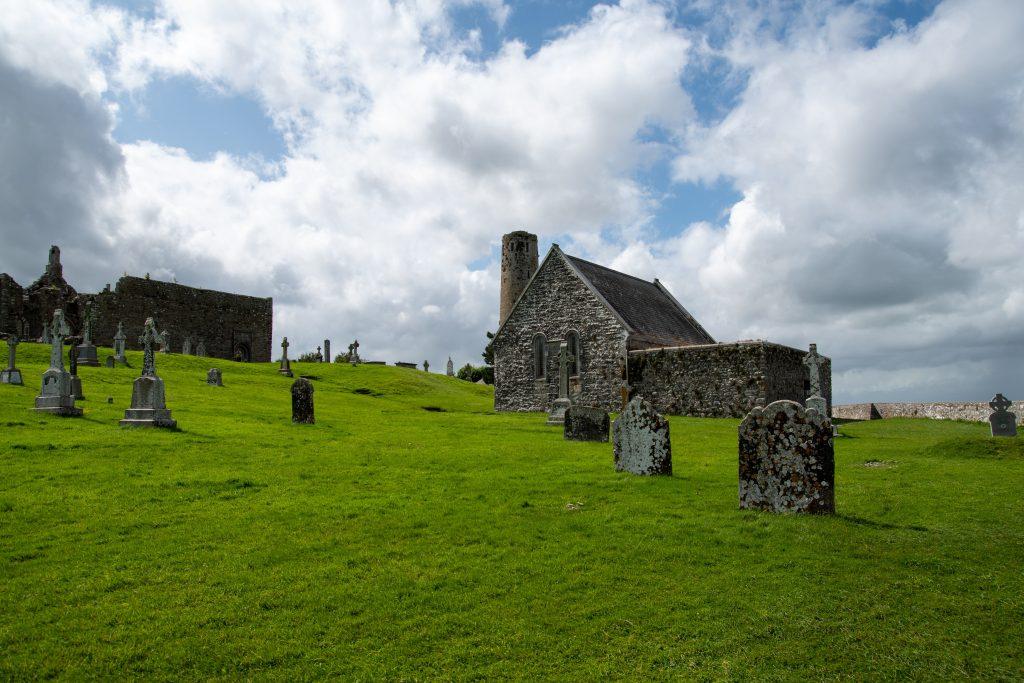
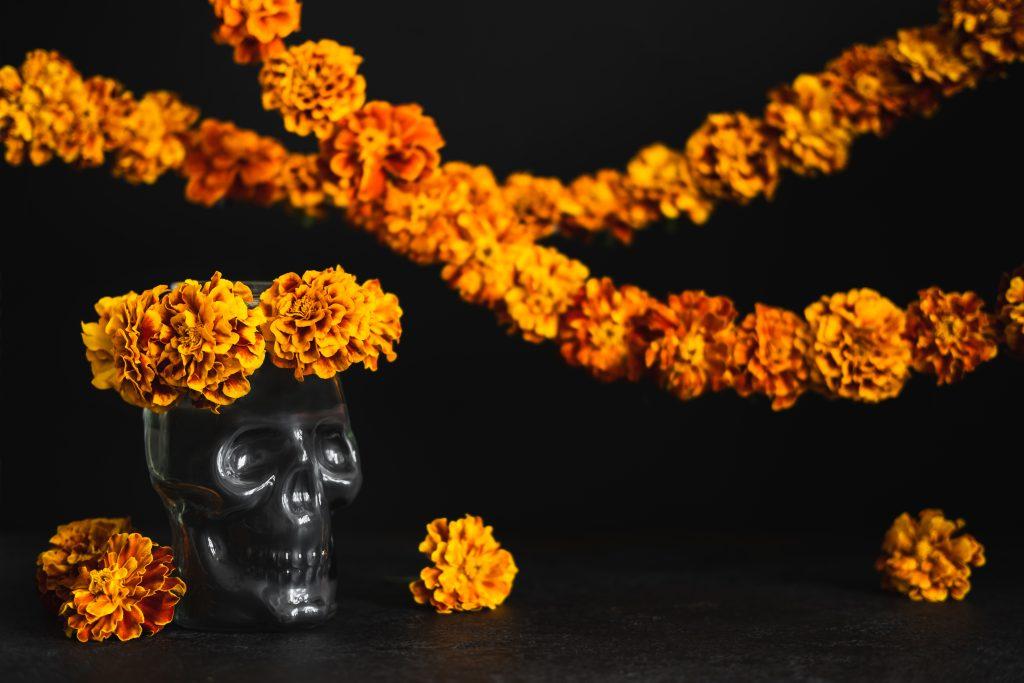
Dia de los Muertos is a celebration of remembrance, love, and connection with those who have passed away. It is a time to honor the deceased while embracing the cyclical nature of life and death in a colorful and joyous manner.
Tagged Dia de los Muertos, Holidays, New Traditions

